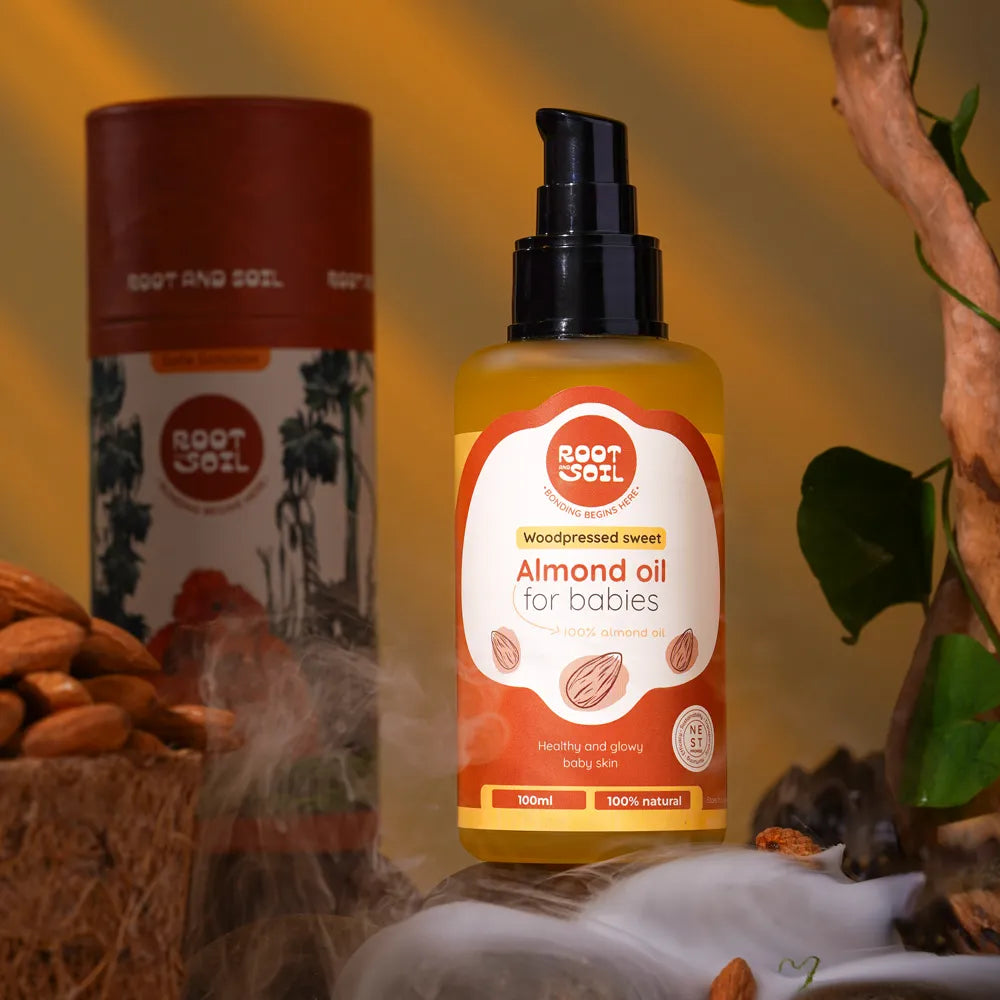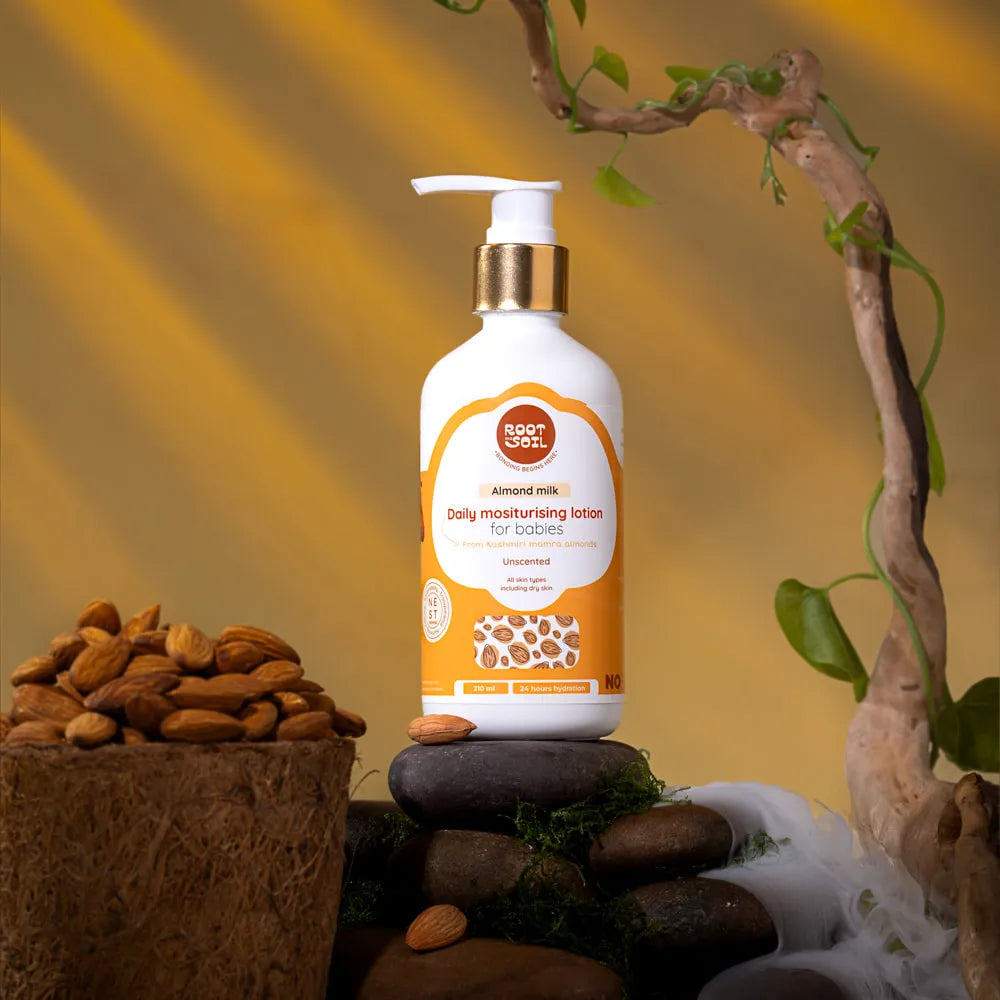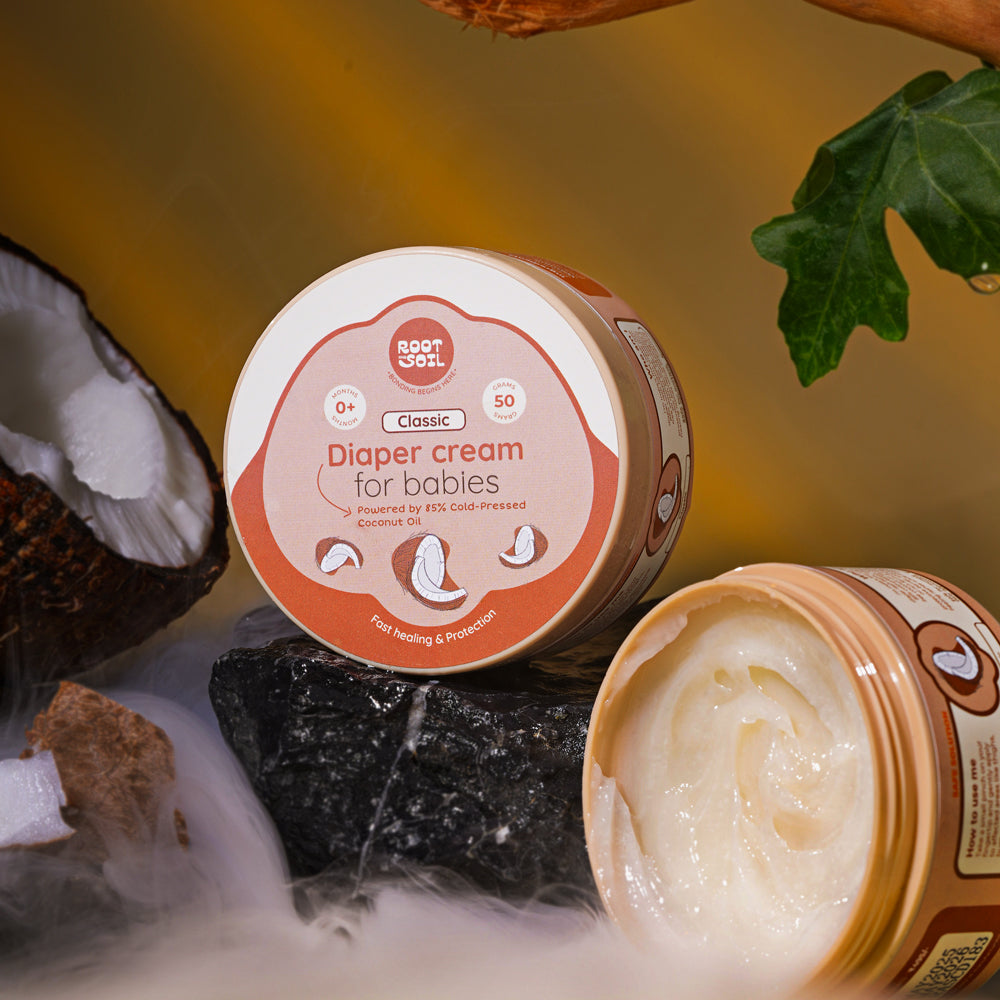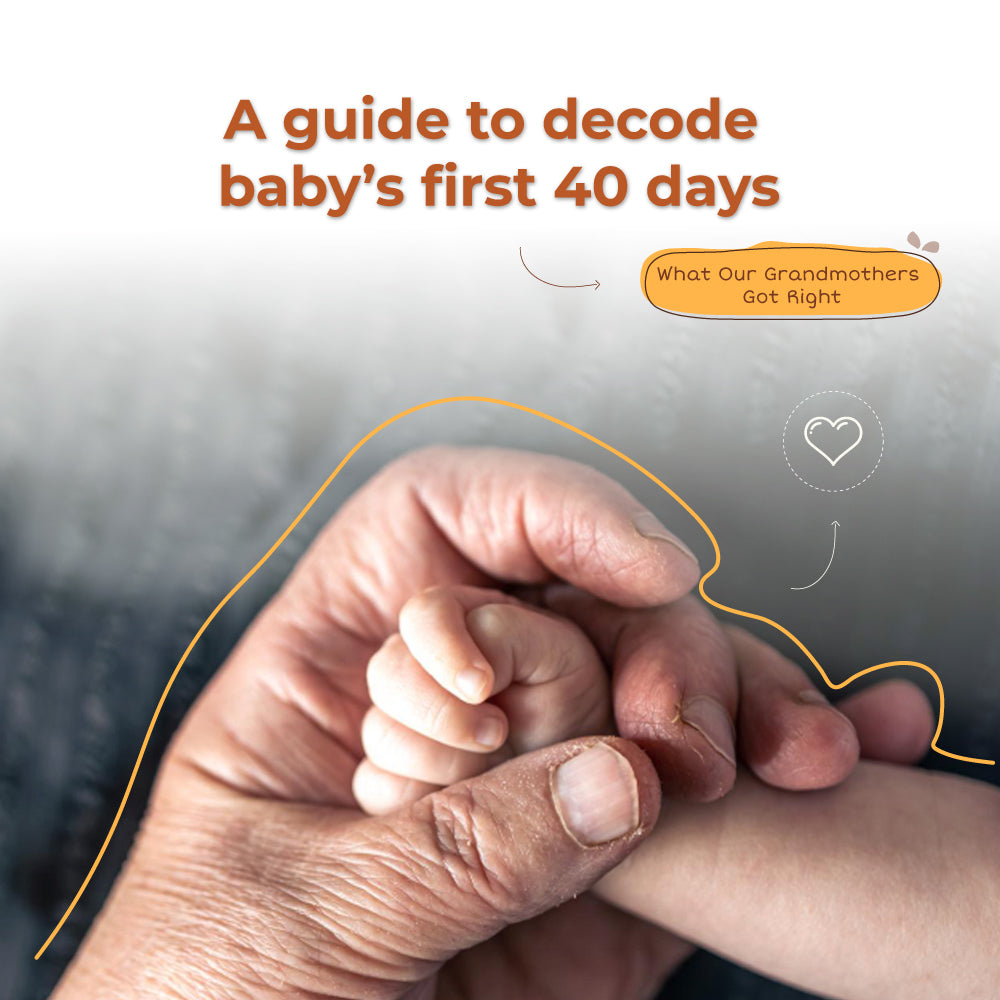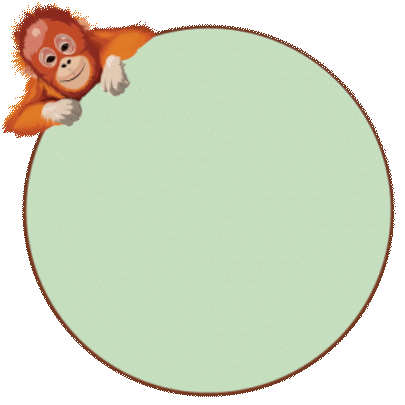
Baby Bath Care Tips: How to Keep Your Newborn Safe & Calm
Bath time is more than cleanliness. For a newborn, it’s a ritual of trust, a moment of gentle connection, and a sensory whisper of security. In a world full of noise, these baby bath tips become small havens of calm.
Why Newborn Bath Care Matters
Newborn skin is fragile, permeable, and still learning protection. Overbathing or harsh cleansers can strip the skin’s natural barrier. That’s why newborn bath care is less about frequency, and more about gentleness, temperature, and safety.
Pediatric guidelines often suggest bathing 2–3 times per week to maintain hygiene without drying sensitive skin. (Pampers-IN-EN)
Baby Bath Basics: Preparation & Setup
Before you begin the bath, set the stage. This is where many “baby bath mistakes” happen — when essentials aren’t within reach.
Checklist (within arm’s reach):
-
Baby bathtub or basin (or safe sink)
-
Mild, fragrance-free baby wash
-
Soft washcloths / sponges
-
Hooded towels and dry clothes
-
A nearby moisturising oil or balm
-
Clean diaper
-
A warm room (no drafts)
Set the bathwater to lukewarm — around 37 °C (body temperature). You can test it with your wrist or elbow.
Always swirl the water to eliminate hot spots.
How to Bathe a Newborn: Step by Step

-
Sponge Bath Until Umbilical Cord Falls Off
While your baby’s umbilical stump is still healing, stick to sponge baths. Avoid submerging the navel. -
Undress Gently
Undress your baby over a warm surface. Keep them wrapped until each part is exposed—this reduces chills. -
Support the Head & Neck
Use one hand to cradle the head, the other to gently wash the body. -
Clean Top to Bottom, Front to Back
Start with the face and scalp, then chest, arms, torso, legs, and diaper area last. Be careful in skin folds and behind ears. -
Wash Hair Sparingly
Use mild baby shampoo 1–2 times a week, unless needed. -
Rinse with Warm Water
Use a small cup or your hand — avoid pouring directly over the face or eyes. -
Keep the Bath Short
5 to 8 minutes is ample. Over-immersing can chill the baby. -
Dry Immediately & Thoroughly
Wrap in a soft towel, pat dry (don’t rub), and ensure all creases and folds are moisture-free. -
Moisturise or Oil (If Needed)
If the skin feels dry, apply a gentle, fragrance-free baby oil or balm. This helps lock in moisture. -
Dress Warmly
Choose breathable, comfortable clothes that wrap without constriction.
Safety & Comfort Tips
-
Never leave your baby unattended, even for a second. Babies can drown in just a few centimetres of water.
-
Always keep one hand on your baby during the bath for stability.
-
Avoid filling tubs with more than 2–3 inches of water.
-
Don’t rush the process — speak quietly, move gently, and let your baby acclimate.
-
Skip bath time right after feeding or when the baby is overtired.
-
In colder months, warm the room first, and keep baths shorter.
-
Choose cleansers carefully: fragrance-free, pH-balanced, mild—avoid harsh soaps that can sting or dry skin. (dettol.co.in)
-
Never pour water over the baby’s head without securing forehead to prevent water entering eyes/ears.
-
Drain the tub immediately after use. Don’t leave standing water.
-
Watch for signs of cold or over-chill—shivering, goosebumps, fussiness.
Root & Soil Rituals for Bath Time

At Root & Soil, we see bath time as more than hygiene. It’s ritual.
-
Use our cold-pressed, gentle oils post-bath to nourish newborn skin.
-
Use fragrance-free formulations so nothing competes with mother’s natural scent.
-
Apply oil while skin is still slightly damp for better absorption.
-
Integrate a short massage into the post-bath routine to calm the nervous system.
Because baby bath care isn’t about products. It’s about presence in every droplet.
FAQs — Baby Bath Care
-
How often should I bathe my newborn?
Bathing 2–3 times per week is sufficient. Overbathing can strip natural oils and irritate delicate skin. -
When can I stop sponge baths and switch to tub baths?
Begin tub baths once the umbilical cord stump has healed and fallen off, usually after 7–14 days. -
What water temperature is safe for baby baths?
Lukewarm: around 37 °C (body temperature). Test with your wrist or elbow before placing baby in water. -
Can I use baby soap or shampoo daily?
No. Use mild, fragrance-free cleansers sparingly. Overuse can dry and irritate newborn skin. -
Is bath time safe for preterm or sensitive babies?
Yes — but extra care. Use minimal water, perform sponge baths, avoid immersion until doctor clearance. -
Why keep bath time short?
Newborns lose heat quickly. Short baths (5–8 min) reduce chilling and preserve skin barrier. -
Should I moisturize after bath every time?
If skin feels dry, yes. Use a gentle, fragrance-free oil or balm right after drying to lock in moisture. -
What if baby dislikes baths?
Try swaddling, very gentle water flow, quiet lullabies, or sponge baths first. Patience and calm matter. -
Can scented products harm my baby?
Yes. Fragrances can irritate sensitive skin. Always choose fragrance-free, hypoallergenic options. -
What do I do if baby slips or face goes underwater?
Stay calm, lift immediately, clear airway, and resume gentle support. In emergencies, follow pediatric first-aid steps.
